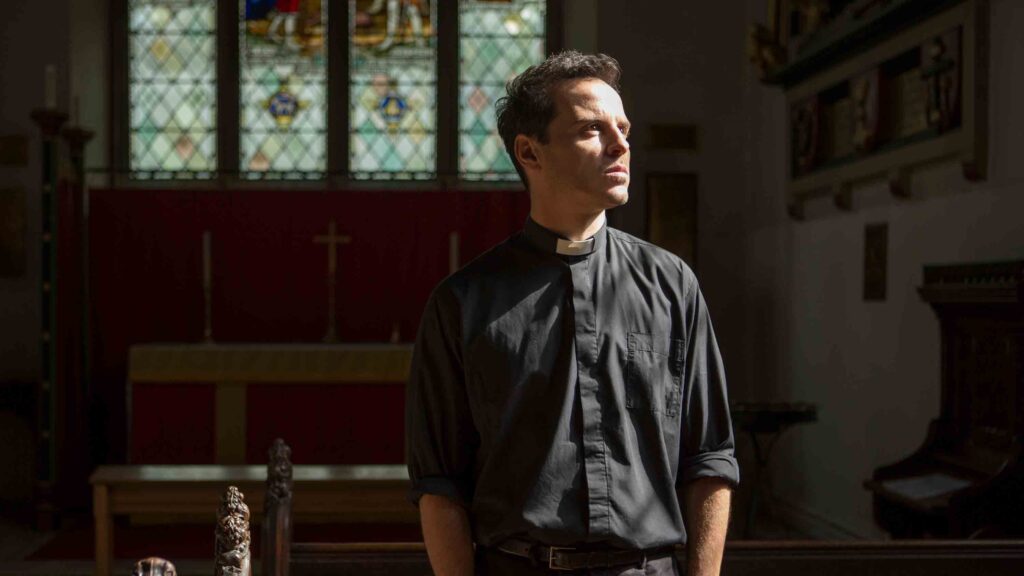
Mixed Orientation Relationships: Queering the Norms
5th June, 2025
Autistic people are far more likely to identify outside of conventional sexual and gender norms than their non-autistic peers, and are more likely to live in mixed orientation relationships. These relationships often challenge mainstream assumptions about identity, intimacy, and belonging—both within the relationship and in the eyes of society.
The cultural script for relationships is narrow. It dictates expectations about roles, attraction, desire, and gender. When you step outside that script—by being in a mixed orientation relationship or simply by wanting something different—you often face confusion, dismissal, or silence.
For autistic people, who experience the world through a distinct sensory and emotional lens, fitting into these tightly defined relationship boxes can feel disorienting or even painful. We’ve learned that when our relationships appear to align with the societal template—cis-het, monogamous, domestic—the world responds with understanding and approval.
But this perceived acceptance can come at a cost. It often demands masking, and for many autistic people, that means muting parts of ourselves in the very spaces where we long to feel most seen. That kind of inauthenticity can deepen the sense of disconnect.
Many autistic relationships already operate outside the norm. They may look conventional from the outside but function in beautifully nontraditional ways—through fluid boundaries, less performative intimacy, or a rejection of the ‘relationship escalator.’
As Meg-John Barker writes, “Queer is about messing with the boundaries, not simply replacing one set of norms with another.”
Love doesn’t need to look a certain way to be real. It just needs to feel like home. For many of us, that means making space for fluidity, for self-trust, and for mixed orientation relationships that honour who we truly are. Sex and relationship therapy can help
Ref: Barker, M.-J., & Scheele, J. (2016). Queer: A Graphic History. Icon Books.


